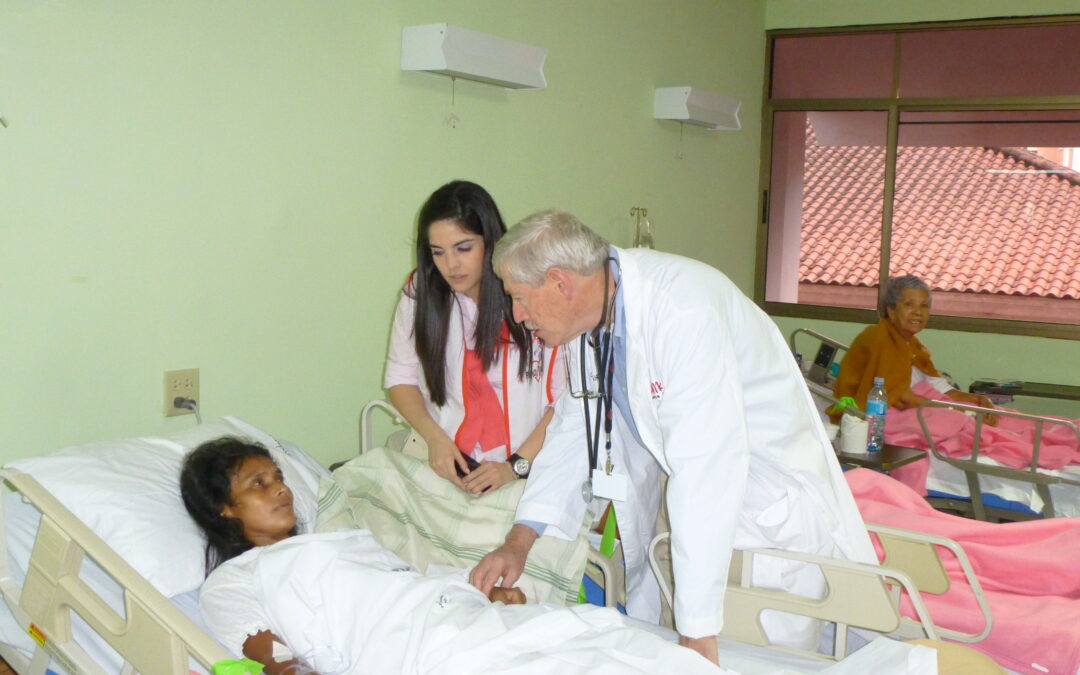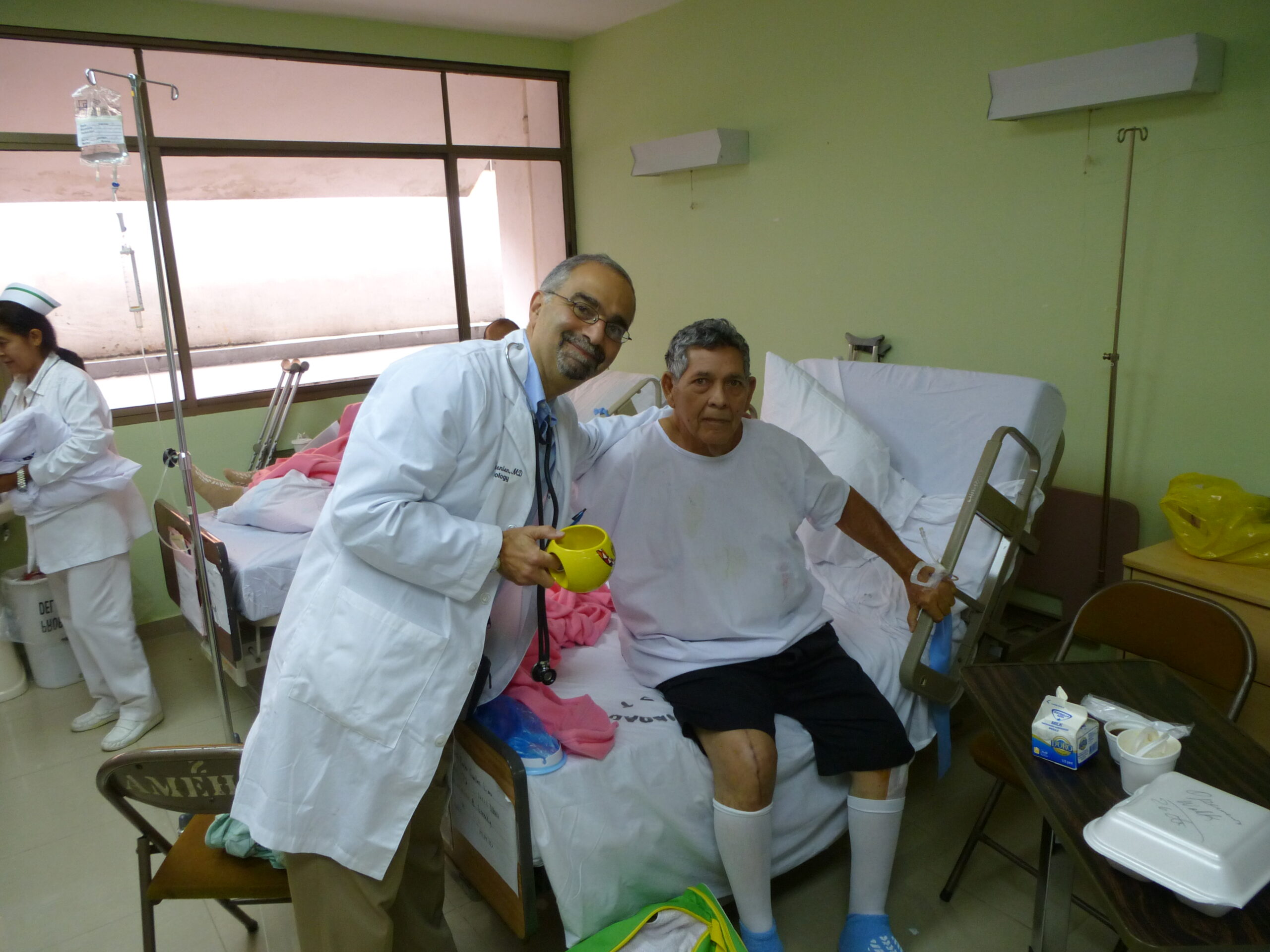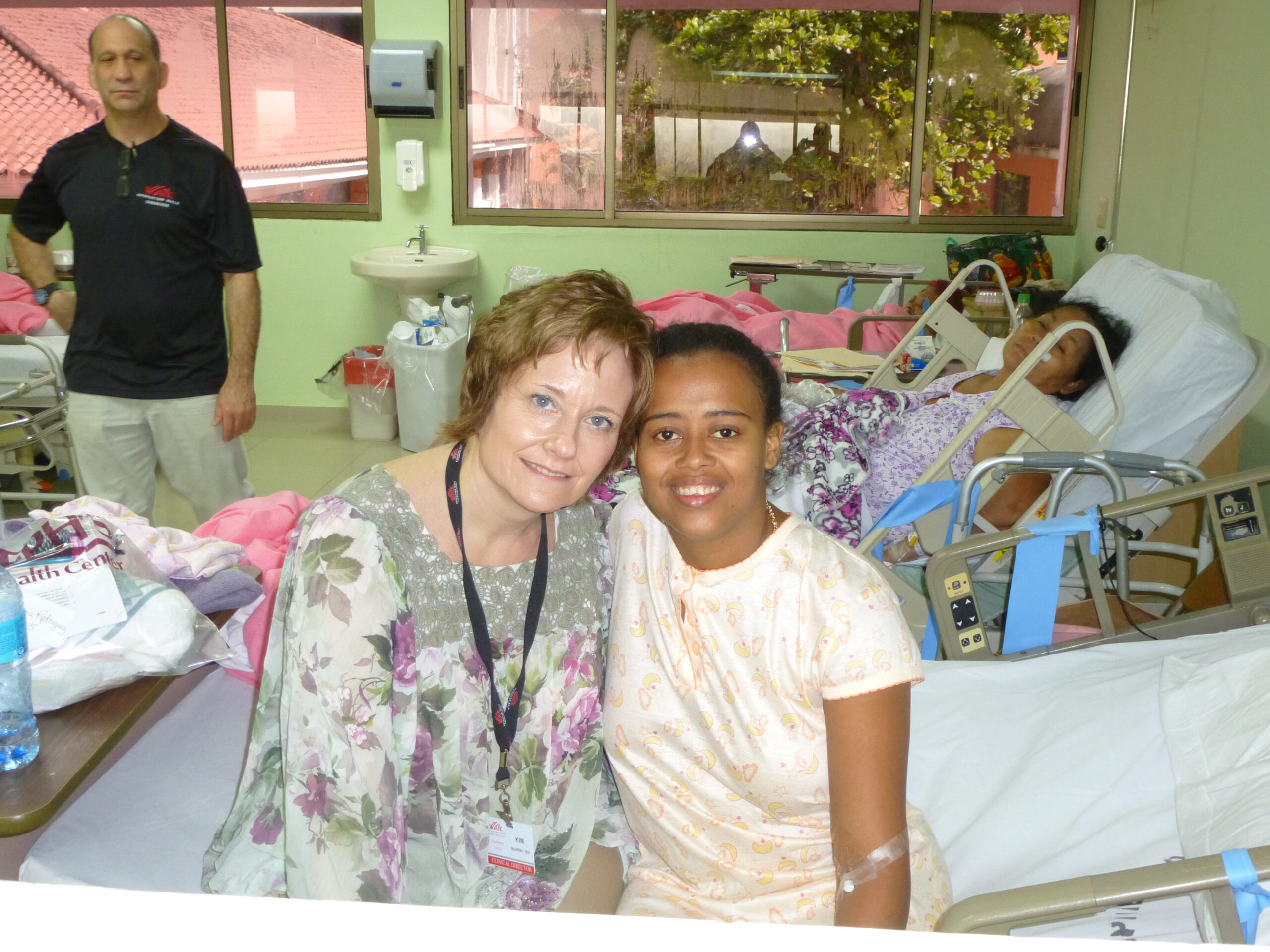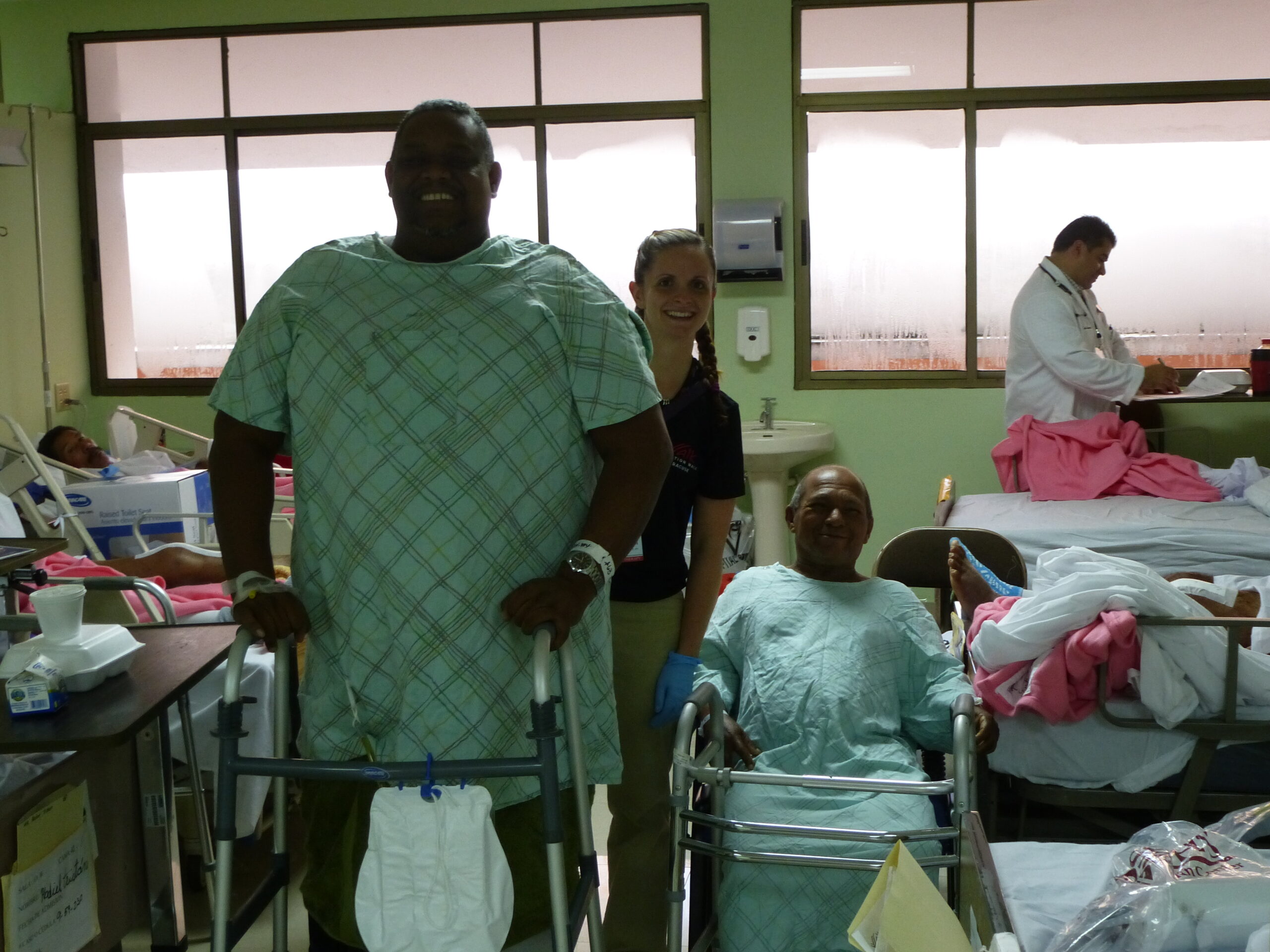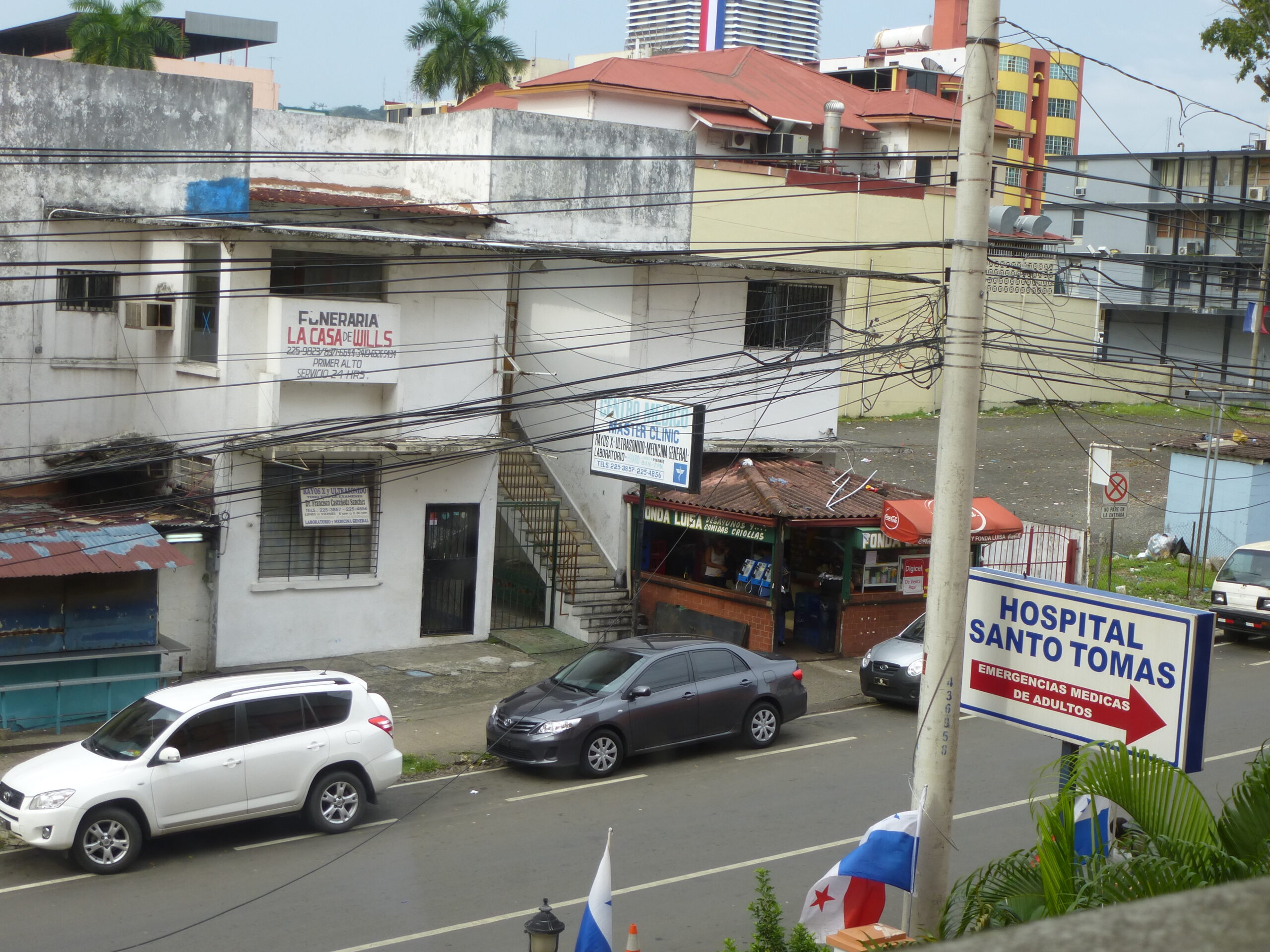Operation Walk New York embarked on a mission to Panama in November 2012. The host hospital, Hospital Santo Tomas, Panama City, had sent x-rays of potential patients to the doctors in Syracuse, NY, beforehand. Using these x-rays, the doctors selected the most suitable candidates for surgery and were able to identify the required prostheses. The patients were instructed to arrive at the hospital on screening day. This marked the first day of Operation Walk New York’s week-long mission.
Dr. Gregory Kenien, a member of the Operation Walk New York team, recalled the screening day. “I remember when we walked in, the patients and their families all stood up and clapped for us. It is the only time in my career that I have seen that or experienced that feeling of a ‘chill up my spine.’”
The potential patients ranged in age and the older ones clearly feared being deemed too old for surgery. This was manifest by some not telling the truth about their age. This was confusing for the physicians as it didn’t match their medical records. Many had endured pain for over a decade, and this mission represented their first chance for finding relief in the form of joint replacement. Patients may have travelled long distances to arrive in Panama City in the hope of obtaining their life changing surgery. One patient had to canoe several hours to a place where he could catch a bus to Panama City. The team had to explain to him that he would have to stay in the city for a few weeks before he was going to be able to paddle home.
Screening day was an intense, long, and emotionally charged day. Some of the Operation Walk New York team could communicate in Spanish, but the team interpreters were of enormous value. Eventually 59 patients were identified as good surgery candidates, with several to have bilateral surgeries if their first surgery went well. Having to turn people away is very hard for the team. The reason was usually that the person had too many other health issues to make joint replacement surgery feasible.
Over the next four days the team performed surgeries with local doctors working alongside the visiting doctors. This provided hands-on education for the Panama doctors which not only advanced their skills, but also meant that when the Operation Walk New York team returned to the USA, the Panamanian doctors would be able to assist the patients in their healing. The surgery days were long, starting at 7 am and sometimes going on until 7 pm. But everyone was willing, as one of the surgeons said ‘we get so much back, the patients are so grateful and loving.’
The patients had been dealing with so much pain prior to surgery that they were able to handle post-op pain. Similar to the USA, physical therapy usually started the same day as their surgery. They displayed great motivation with smiles and laughter as they worked towards their much dreamt of life with pain free mobility. A physician on the team said, “these people don’t have much, but they are incredibly grateful. One patient insisted that I take his coffee cup as a present. I still have it!”
Operation Walk New York returned to Panama in 2013 to continue their work. There were some complicated cases for the team during this second mission and some amazing outcomes. We will share some of this in a future post, so please check back.
Operation Walk New York, depends upon sponsors and donors to allow them to undertake missions like this to Panama. None of this work can be accomplished without support from people like you. We are very grateful for all contributions, however big or small. Operation Walk New York is a 501 (c) (3) organization.
To learn more about Operation Walk New York or make a donation check the website: https://operationwalknewyork.org/
#OperationWalkSyracuse #OperationWalkNewYork #Mobility4ALL #Changinglives
Written by Helen Griffiths, Op Walk NY volunteer

